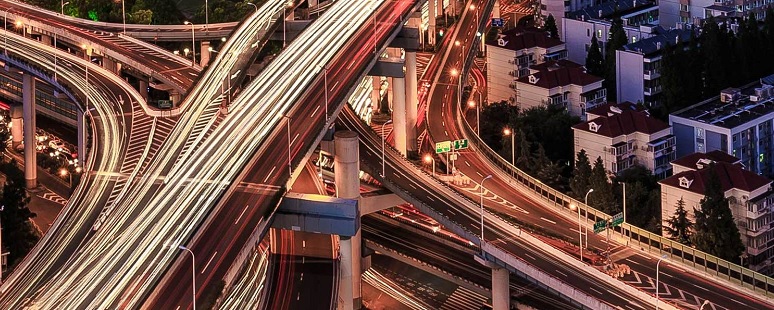The development of autonomous vehicles (AVs) could make the urban environment greener and more livable and help support sustainable transportation systems, but how the technology plays out will depend on the characteristics of each city and its mobility ecosystem, according to a new report, Can Self-Driving Cars Stop the Urban Mobility Meltdown? from Boston Consulting Group (BCG) and the University of St. Gallen, Switzerland.
Before taking action, cities must assess whether AVs will be a transportation panacea or a burden
Although the COVID-19 pandemic is having a huge negative impact on urban mobility right now, and is likely to favor private forms of transportation such as cars and bikes over shared mobility for the next 12 to 18 months, many cities will embrace shared AVs in the long term because these vehicles can alleviate perennial problems such as congestion, air pollution, and road fatalities, the report indicates.
But while some cities will gain significant advantages by introducing AVs, others will fare better by promoting other mobility options, such as e-bikes and e-scooters. In some settings, AVs could even exacerbate the problems that municipal planners are hoping to solve. Before taking action, cities must assess whether AVs will be a transportation panacea or a burden.

The report includes the following key findings:
■ Cities achieve significant tangible benefits by actively shaping the urban mobility environment. For example, Los Angeles could cut its carbon dioxide emissions by 2.7 million metric tons a year through policies that promoted shared AVs and curbed the city's private vehicle fleet.
■ New York planners could free up the equivalent of about 900 blocks of space currently reserved for parking, if they created the conditions for robo-shuttles to thrive.
■ New physical and digitally connected infrastructure (including dedicated lanes and sensors that would enable self-driving cars to communicate with the surrounding environment) will be essential for AVs to succeed.
■ Cities that allow private car use to grow in line with past trends will see their urban environment deteriorate significantly, with traffic volume increasing by an average of 6%, and total parking space by 8%.
■ For some cities (such as Hong Kong), promoting micromobility and walking could deliver greater benefits than introducing AVs.
Using a sophisticated tool that can simulate 1.7 billion trips, the researchers modeled how AVs could improve or worsen the urban environment and quality of life in five urban archetypes developed on the basis of data from more than 40 cities worldwide. The team also simulated the citywide impact of specific mobility scenarios, such as the promotion of micromobility and a strong uptake of robo-shuttles. Planners in any city worldwide can use the tool to help visualize future developments in their transportation systems.
"Cities need to create a vision of where they want to be in the future and start acting now. If they do nothing, and if the growth in private car use increases in line with past trends, the urban environment is set to worsen significantly," said Nikolaus Lang, a BCG managing director and senior partner, and leader of the firm's Global Advantage practice worldwide.
"Our research demonstrates what types of cities will benefit most from AVs, and it examines the benefits and drawbacks of taking different policy actions. This is essential information for city planners. In cities where AVs are the best option, municipal authorities will need to collaborate with operators, manufacturers, and technology companies if they are to succeed," said Andreas Hermann, director of the institute of customer insight at the University of St. Gallen.




